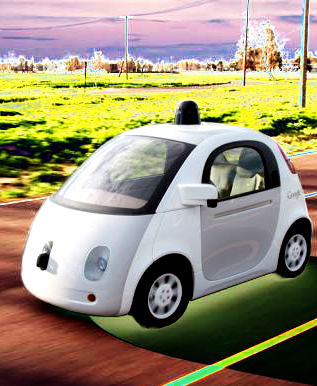Robo-car readiness assessed
 A new study has investigated the infrastructure needs of automated vehicles in Australia now and in the future.
A new study has investigated the infrastructure needs of automated vehicles in Australia now and in the future.
Experts trained state-of-the-art artificial intelligence (AI) algorithms to help accurately localise vehicles and recognise Australian road signs, road lines and traffic lights.
For the first time in Australia the methodology also extended to compare results with and without the use of annotated prior maps (sometimes referred to as high-definition maps).
The study data was gathered in and around Brisbane, using a test vehicle dubbed ZOE1. The car, a Renault Zoe, was equipped with three forward‐facing cameras, a 360-degree camera, a roof-mounted 32-layer LIDAR, GPS sensors, two on‐board data-logging computers, additional battery power and cabling.
As researchers drove the car across South-East Queensland, onboard sensors collected some 20 terabytes of raw data which was used to train and refine AI algorithms.
The study noted differences in the appearance (and categories) of some Australian road signs, line marking, and traffic lights.
They found that training the car’s tech did improve the detection system’s ability to make a better read of the infrastructure, but “only to a level that would be insufficient for safe autonomous operation of a vehicle”.
Using the camera system alone, the system only detected approximately 40 per cent of speed, give way, turn, pedestrian crossing, and speed hump signs.
These were either missed entirely, or incorrectly identified. Adding annotated-prior maps to aid the camera system, the figure improved to 97 per cent.
“This finding is consistent with the majority of approaches that use prior maps, with a few notable exceptions,” said the Queensland University of Technology’s Professor Michael Milford.
“It is likely that these map systems will need to have real-time updates on temporary obstructions and changes to signs and roads, and to ensure the navigation systems used by autonomous vehicle receive those updates instantly.”
The report says; “Failure cases were mostly caused by the limitations of our approach; first and foremost the relatively small amount of training and development of the algorithms, and in not having techniques to deal with the highly varied lane marking configurations at intersections”.
The full report is available in PDF form, here.








 Print
Print